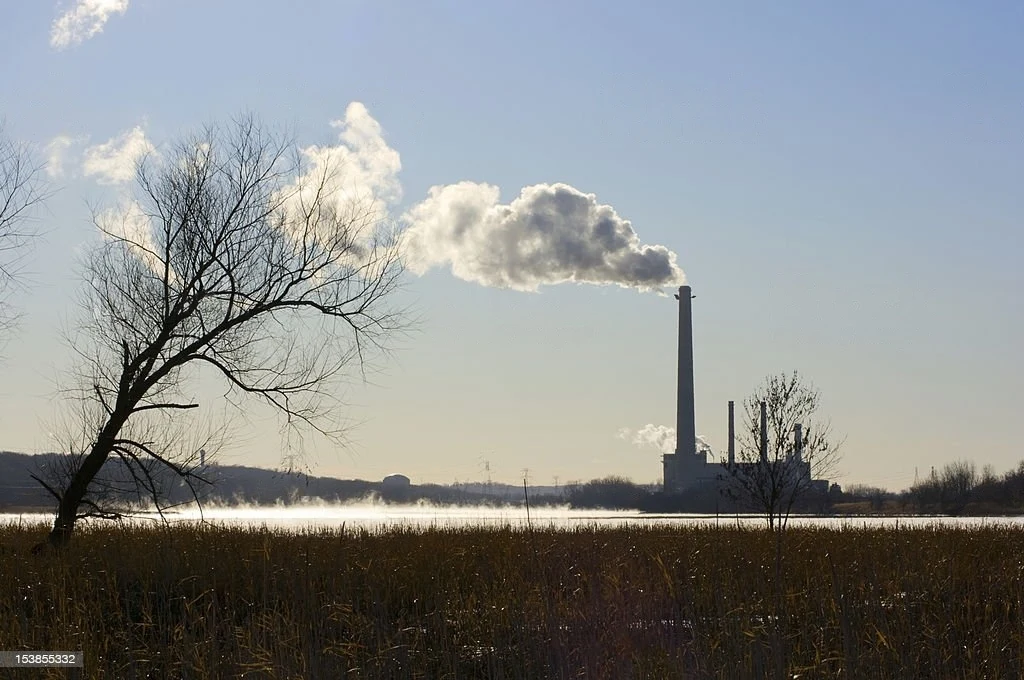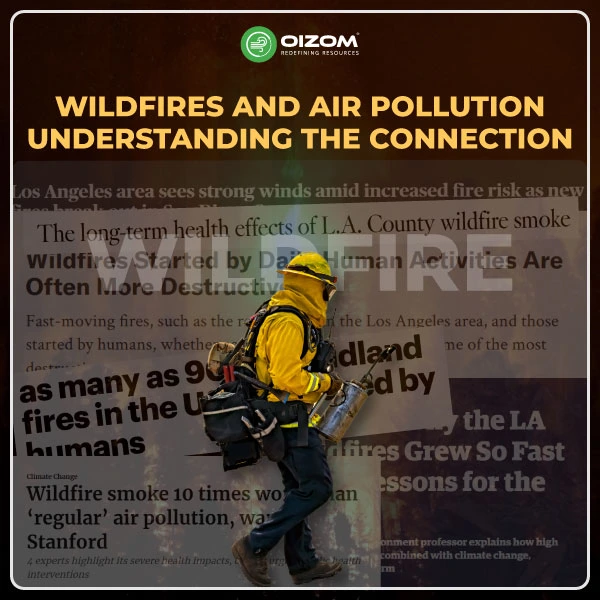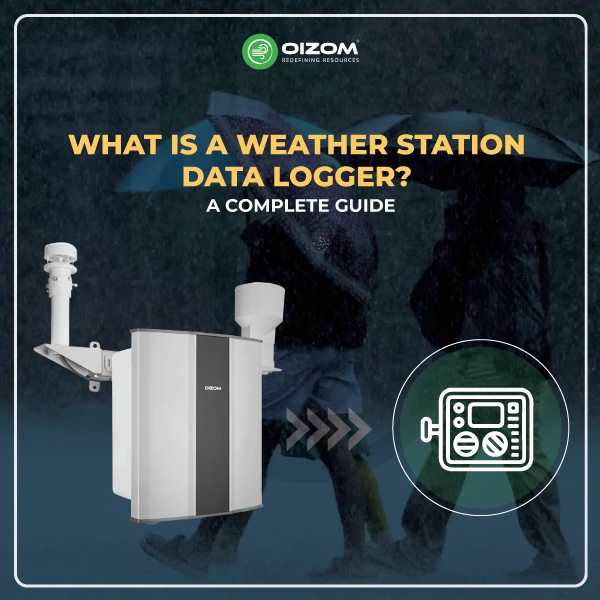Air pollution is an issue of global concern, and Minnesota is no exception to this alarming trend. The very air we breathe, essential for life, is being tainted with pollutants that pose risks to both our health and the environment. Understanding this problem requires an in-depth exploration of the factors at play in Minnesota, from industrial activities and transportation to natural phenomena such as wildfires.
From urban areas like Minneapolis to rural locations, air pollution manifests itself in various forms and magnitudes. It has become imperative to assess the current situation, learn from monitoring and regulation, and apply comprehensive solutions tailored to Minnesota’s unique environment.
The importance of this subject cannot be overstated, especially when considering the long-term health impacts, including respiratory diseases, cardiovascular problems, and even premature death. The environmental repercussions also include damage to ecosystems and wildlife.
Overview of the air pollution issue in Minnesota
Minnesota’s air pollution problem is multifaceted and complex. Here’s a breakdown of some of the critical aspects:
Industrial Emissions
Industries are significant contributors to air pollution in Minnesota. From manufacturing to energy production, industrial activities release various pollutants, including sulphur dioxide (SO2), nitrogen oxides (NOx), and particulate matter (PM). These pollutants have far-reaching impacts on both health and the environment.
Transportation
Vehicular emissions are another substantial source of air pollution in the state. Cars, trucks, and buses emit carbon monoxide (CO), volatile organic compounds (VOCs), and other harmful substances. The growth of urban areas and increased reliance on private transportation have exacerbated this issue.
Natural Causes
Wildfires and other natural events also contribute to air pollution in Minnesota. Wildfires release vast quantities of smoke, filled with particles and chemicals that can degrade air quality. Seasonal variations and weather patterns can further influence pollution levels.
Societal Impact
The health impacts of air pollution are profound. From respiratory problems like asthma to cardiovascular diseases, the quality of air has a direct effect on the well-being of Minnesota’s citizens. Moreover, the economic burden from health care costs and lost productivity is significant.
Air pollution also has detrimental effects on Minnesota’s diverse ecosystems. Acid rain, caused by SO2 and NOx, can harm lakes, rivers, and forests. Additionally, ground-level ozone harms crops and other vegetation.
By understanding these aspects, the state can formulate effective policies and strategies to combat air pollution, involving regulatory bodies, technological innovations, and public engagement.
Air Quality Monitoring and Regulation
Minnesota Pollution Control Agency (MPCA)
The Minnesota Pollution Control Agency (MPCA) serves as a watchdog for the state’s environment. Established to safeguard the air, water, and land, the MPCA plays a crucial role in monitoring and regulating air quality.
Through a combination of on-site inspections, laboratory analysis, and data analytics, the MPCA ensures that industries, vehicles, and other pollution sources adhere to the state’s stringent environmental standards. The goal is not just compliance but fostering a culture of environmental stewardship.
Role of MPCA in monitoring and regulating air quality
The MPCA’s role in maintaining air quality is multifaceted:
- Monitoring: Utilising a network of air quality monitoring stations equipped with advanced technologies like Oizom’s air quality monitors, the MPCA collects real-time data on various pollutants. This information is vital for assessing trends, issuing alerts, and formulating policy decisions.
- Regulation: Enforcing regulations involves inspecting facilities, issuing permits, and taking legal actions if necessary. Collaborations with other state and federal agencies ensure that the rules align with broader environmental goals.
- Education and Outreach: The MPCA also engages with communities, businesses, and individuals to educate them about air quality issues and encourage responsible behaviour.
- Innovation and Technology: By leveraging technology, such as Oizom’s cutting-edge air quality monitoring solutions, the MPCA ensures accurate and timely data collection. These tools not only enhance monitoring but also facilitate data analysis, helping in predictive modelling and preventive measures.
Air quality index and categorisation in Minnesta
Understanding air quality requires a standardised measure, and Minnesota’s Air Quality Index (AQI) provides exactly that. Based on federal guidelines, the AQI categorises air quality into different bands:
- Good (0-50): Air quality is considered satisfactory, posing little or no risk.
- Moderate (51-100): Acceptable air quality, but there may be concerns for a small number of individuals sensitive to certain pollutants.
- Unhealthy for Sensitive Groups (101-150): At this level, children, elderly, and individuals with existing health issues may experience effects.
- Unhealthy (151-200), Very Unhealthy (201-300), Hazardous (301+): These levels pose increasing risks to the general population, necessitating public warnings and emergency measures.
The AQI is an essential tool for informing the public, guiding health professionals, and assisting policymakers. Real-time updates through tools like Oizom’s monitors ensure that the populace can respond proactively to changes in air quality.
Federal and State Regulations
Clean Air Act and its Applicability in Minnesota
The Clean Air Act (CAA) is a comprehensive federal law that regulates air emissions. Minnesota, like other states, must comply with the CAA, implementing state-level regulations that meet or exceed federal standards.
Through the State Implementation Plan (SIP), Minnesota outlines its strategies to meet the CAA’s requirements. It includes measures like controlling emissions from industrial sources, regulating fuel quality, and promoting energy efficiency. The SIP serves as a roadmap, reflecting Minnesota’s commitment to cleaner air.
State-level initiatives and policies
Minnesota has been proactive in implementing state-specific initiatives to combat air pollution. Some examples include:
- Green Transportation: Encouraging the use of electric vehicles, improving public transportation, and promoting cycling and walking.
- Renewable Energy: Transitioning from fossil fuels to renewable energy sources like wind and solar power.
- Community Engagement: Programs aimed at involving local communities in environmental decision-making, ensuring that solutions are tailored to local needs and values.
These initiatives, reflecting both innovation and a sense of social responsibility, position Minnesota as a leader in the environmental sphere.
Current Air Quality Conditions in Minnesota (Aug 2023)
Recent air quality alerts and warnings
The summer of 2023 has been particularly challenging for air quality in Minnesota. Several alerts and warnings have been issued, largely due to an increase in wildfires in northern regions, industrial emissions, and vehicular pollution in urban areas.
- Wildfire Alerts: The northern parts of Minnesota have witnessed devastating wildfires, leading to air quality warnings. Smoke, rich in particulate matter, has drifted into residential areas, prompting health advisories and community action plans.
- Urban Pollution Warnings: In cities like Minneapolis and St. Paul, spikes in ozone and nitrogen dioxide levels have led to alerts. These have been linked to increased traffic, industrial activities, and weather patterns that trap pollutants close to the ground.
The real-time monitoring capabilities of Oizom’s air quality solutions have been instrumental in providing accurate and timely warnings, allowing communities and authorities to respond effectively.
Check here for the latest air quality index readings in different areas of Minnesota
Solutions to Address Air Pollution
By employing this multifaceted approach, Minnesota could significantly reduce air pollution and improve the overall quality of life for its residents. Collaboration across sectors and continuous evaluation of these efforts will help to ensure that they remain effective and responsive to the changing needs and challenges of the state.
Technological Advancements
- Utilising Cutting-Edge Technologies: Investing in accurate technologies like Oizom’s air quality monitors allows for real-time tracking and reporting of air quality levels. By accurately measuring the pollutants, authorities can identify hotspots and take targeted actions.
- Integration with other Systems: By integrating these technologies with weather forecasting and traffic control systems, governments can proactively manage pollution. For example, restricting traffic in heavily polluted areas or during certain weather conditions that exacerbate pollution.
- Promoting Clean Energy
- Encouraging Renewable Energy Sources: Subsidising or incentivising the use of wind, solar, and hydroelectric power can reduce dependence on fossil fuels, thereby lowering emissions.
- Promoting Energy-Efficient Technologies: Implementing energy-saving measures in buildings, industry, and transportation helps in reducing energy consumption and subsequently the emissions of harmful pollutants.
- Public Engagement
- Educating the Public: Launching campaigns and initiatives that inform the public about the sources and effects of air pollution can empower them to take individual actions to reduce emissions.
- Community Involvement: Engaging communities in decision-making processes, such as urban planning or transportation policies, ensures that solutions are tailored to local needs and have public support.
- Regulatory Compliance
- Strict Adherence to Regulations: Enforcing federal and state regulations relating to air quality standards, emission controls, and industrial operations is vital. Non-compliance should be met with significant penalties.
- Robust Enforcement Mechanisms: Creating strong regulatory bodies equipped with necessary resources ensures that laws are enforced properly. Regular inspections and audits are crucial.
- Innovation
- Encouraging Research: Providing grants, funding, and support to universities, research institutions, and startups working on innovative pollution control techniques promotes the development of new solutions.
- Fostering Collaboration: Building partnerships between government, academia, industry, and non-governmental organisations can foster a collaborative environment where innovative ideas can thrive.
Conclusion
Minnesota’s battle with air pollution is a complex, ongoing challenge that requires a concerted effort from government agencies, industries, communities, and individuals. The state has made significant strides, leveraging technology, regulation, and innovation. Partnerships with companies like Oizom, offering advanced air quality monitoring solutions, have been instrumental in this journey.
By understanding the issue from a holistic perspective, embracing technology, engaging with communities, and adhering to stringent regulations, Minnesota can continue to work towards a future where the air is clean, healthy, and supportive of both human life and the broader ecosystem.
Discover Oizom’s air quality monitoring solutions and join Minnesota’s journey towards a cleaner future. Explore the benefits of Oizom’s air quality monitors and be part of the solution to air pollution.






